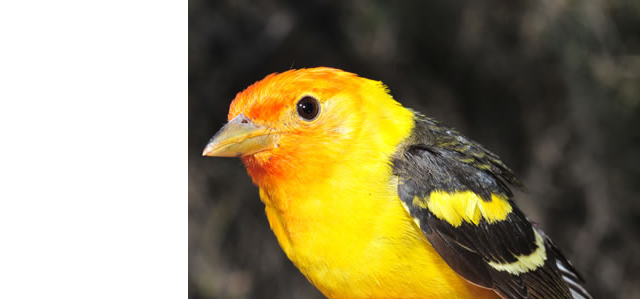
Biology Faculty & Staff Publications
Document Type
Article
Publication Date
10-1-1974
Abstract
When a predator exploits an environment in which food is patchily distributed, it has to continually make the decision of how long to stay in a patch. In this paper we examine this question using black-capped chickadees foraging in a large aviary for small pieces of mealworm hidden in artificial pine cones. The results of our experiments show the following: (a) when the birds encounter a long sequence of patches (groups of pine cones) each containing the same number of prey, they do not learn to expect a fixed number of prey per patch (Gibb's hypothesis of hunting by expectation); (b) similarly, the birds do not learn to spend constant time on each patch (although the data on this are less clear cut); (c) the birds have a constant giving-up time (interval between last catch and leaving the patch) for all types of patches within an environment, and the giving-up time is inversely related to the average capture rate for the environment. These two findings are consistent with an optimal foraging model of patch use developed by E.L. Charnov. Thus our results are more consistent with the predictions of the optimal foraging than with the hypothesis of hunting by expectation.
Publisher
Animal Behaviour
Volume
22
First Page
953
Last Page
964
Language (ISO)
English
Keywords
optimal foraging, hunting by expectation, patch use, black-capped chickadee (Parus atricapillus)
Recommended Citation
Krebs, J. R., J. Ryan and E. L. Charnov. 1974. Hunting by expectation or optimal foraging: A study of patch use by chickadees. Animal Behaviour 22:953-964
